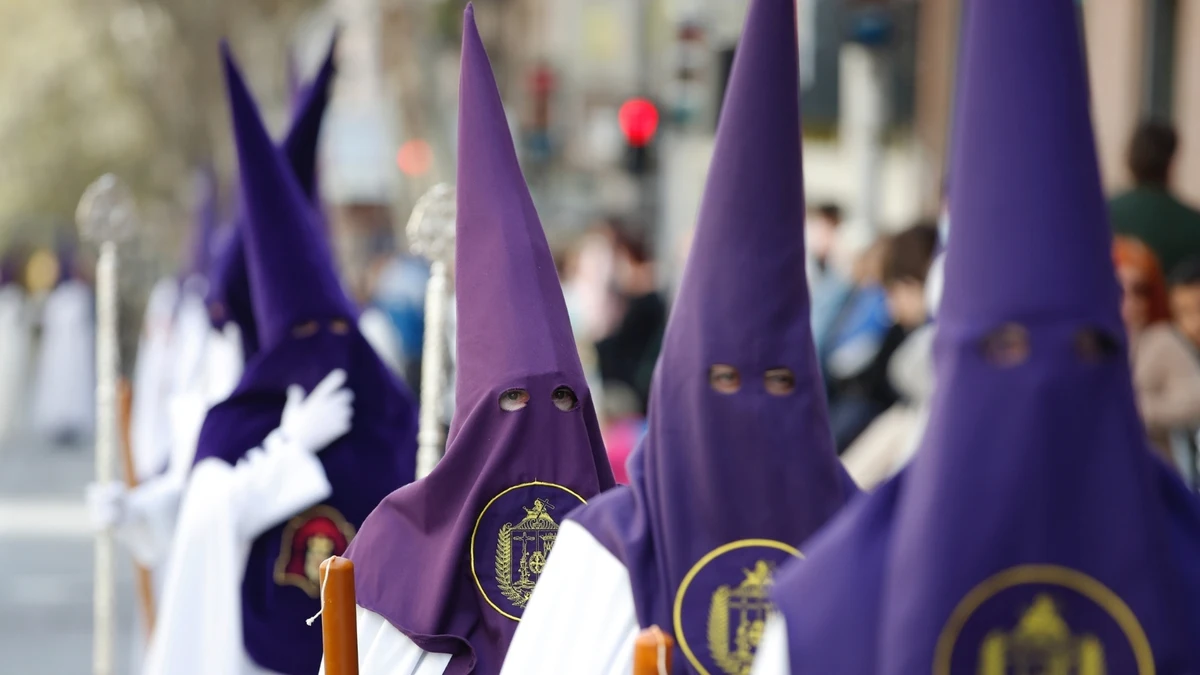
For centuries, the use of the hood by the Nazarenes during Holy Week processions in Spain has been an iconic symbol, but Its origin dates back to a dark period in Spanish history: the Inquisition.. These clothes, wrongly associated by some with the Ku Klux Klan, have their roots in the public humiliations imposed on people condemned by the Inquisition during the book burnings.
The Spanish Inquisition, in an effort to maintain Catholic orthodoxy, condemned thousands, many of whom faced death at the stake. Those who repented were considered “penitents.” and they wore hoods as part of their public humiliation before being executed.
Although the exact origin of the adoption of the hood by penitential brotherhoods is unclear, it is believed that these They took items of clothing from the condemned as part of their penitential tradition.. Over time, the capirote became an integral part of Holy Week processions, marking the presence of the Nazarenes.
Despite its dark origins, Holy Week in Spain has become a festive celebration rooted in society. Processions, in addition to their religious significance, are an expression of the identity and tradition of local communities. Although the historical roots of capirote may be dark, today it is considered an important part of popular culture, connecting people to their past and their community in a celebratory and meaningful way.

